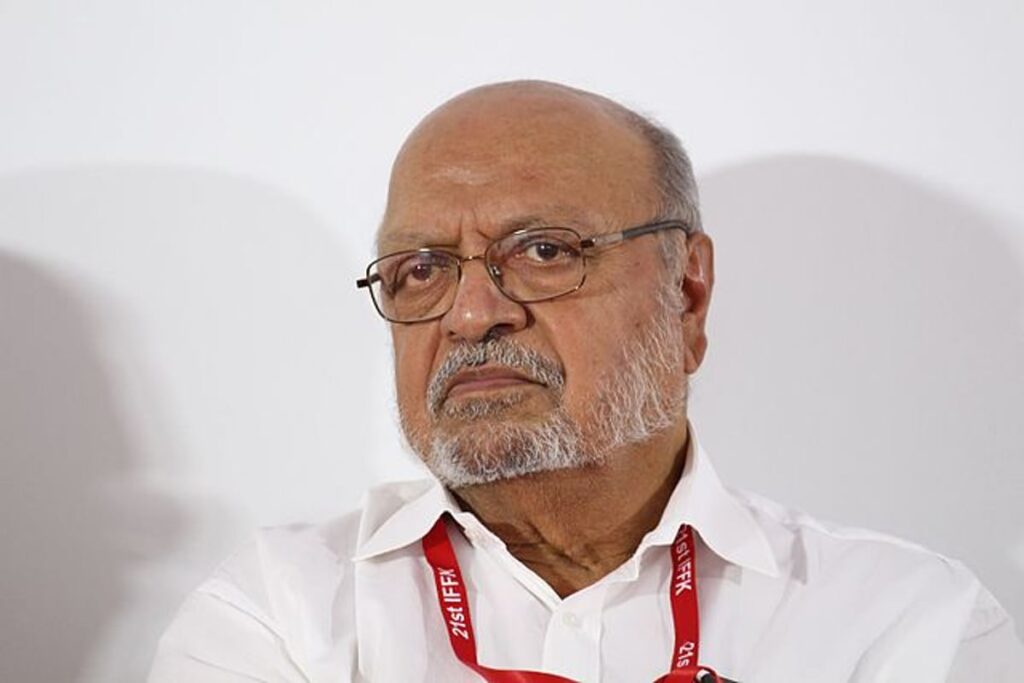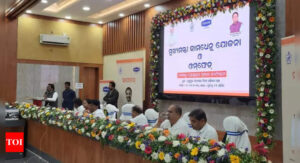
1976 was a turning point for India, especially for Hindi cinema. That year saw the release of iconic blockbusters, like Laila-Majnu, based on a medieval love story, and Nagin, based on pure superstition. Other so-called ‘formula films’ like Heraferi, Kalicharan and Kabhi-Kabhi also hit the theatres.
In the same year, Hindi-speaking audiences were introduced to ‘offbeat’ films like Chitchor and Chhoti Si Baat, where the protagonists and the storyline were directly associated with the common person (read urban Indian middle class). One may call 1976 the era of churning, or the manthan, in the Hindi film industry.
In the 70s, something was brewing in rural Gujarat. Nowadays we know it as the white revolution, a movement that turned India from a milk-deficient country into a milk-exporting country. Now why a jump from cinema to milk?
We need to go back to the history. An industrialist named Pestonjee Eduljee established the Polson dairy in 1915 in Anand, Gujarat, and soon established its monopoly in the Indian dairy product market. Polson was ruthlessly exploiting the poor milk producers by forcing them to sell their products only to Polson at the price determined by the Polson management.
Frustrated with this exploitation, the farmers of Kaira approached Vallabhbhai Patel, who advised them to form a cooperative. In 1946, Gandhian freedom fighter Tribhuvandas Patel led farmers against the unfair trade practices of Polson and established Kaira District Co-operative Milk Producers’ Union Limited, the predecessor of Amul. Verghese Kurien joined Amul in 1949 as the general manager. The rest is history. Amul spurred India’s White Revolution, which made the country the world’s largest producer of milk and milk products. In 1970, the cooperative spearheaded the “White Revolution” in India.
A little-known advertisement filmmaker, named Shyam Benegal, decided to make a film on this to tell the story to the wider audience. As he once observed, “A producers’ cooperative had never been done anywhere in the world. These were small farmers, with one or two animals, who had come together for Dr Kurien’s massive organization and turned us into the largest milk-producing country in the world. The formation of such a cooperative was a story that needed to be told.”
The idea was good, but who will finance the film, which r roughly ten lakh rupees at that time? When Dr Kurien asked him, “How will you get the money to make it?” To which, Benegal replied, “We’ll go with a begging bowl to all the farmers and say, ‘This is your story. You give us ‘2 each.’ Because we want to tell the story, your story, on film.’
Some 500,000 people had contributed two rupees each for this film. That’s how it was financed. Another anecdote goes like this: While shooting Manthan on location in the tiny Gujarat village of Sanganva, Shyam Benegal directed his cast to wear the same clothes for the 40-45 days duration. He said to the cast and crew of the film, “You see, people in that very dry area went for days without bathing because they had so little water. If they stank, you would stink jointly!”
In 1976 a film was released with the title card that reads: ‘500,000 farmers of Gujarat present.’ Manthan. For the first time in history, milk producers become the film producers. For the first time, the rural population of India saw a film produced by them.
Filmmaking is supposed to be one of the finest intellectual art forms. As a director / producer Shyam Benegal will be remembered forever for giving us some of the finest films and documentaries, like Bharat Ek Khoj and Yatra.
He was more than a film director. Like Prometheus he defied the ‘Titans’ (the main stream Indian films producers and directors) by taking fire from them and giving it to the faceless, voiceless people of India





